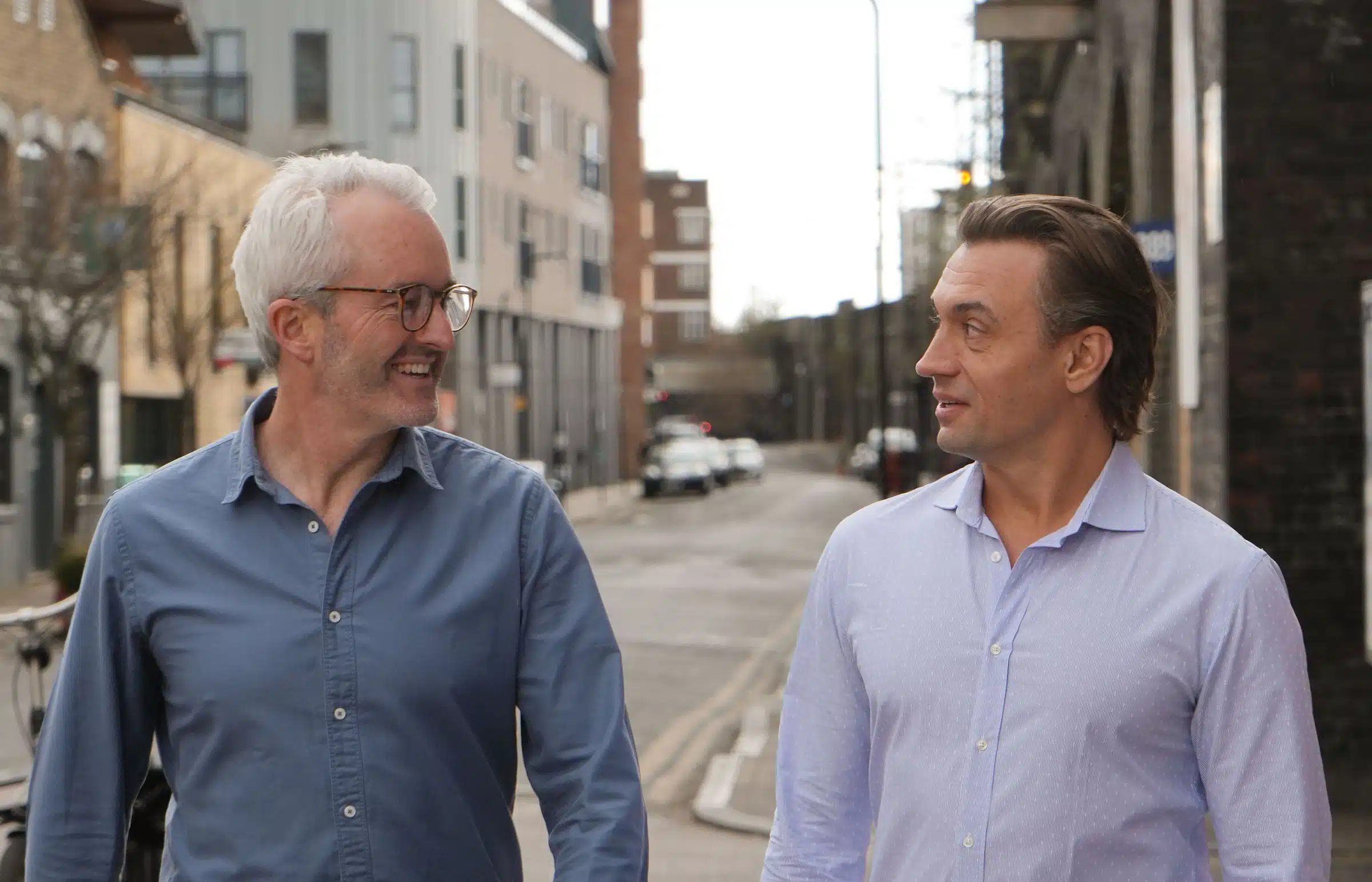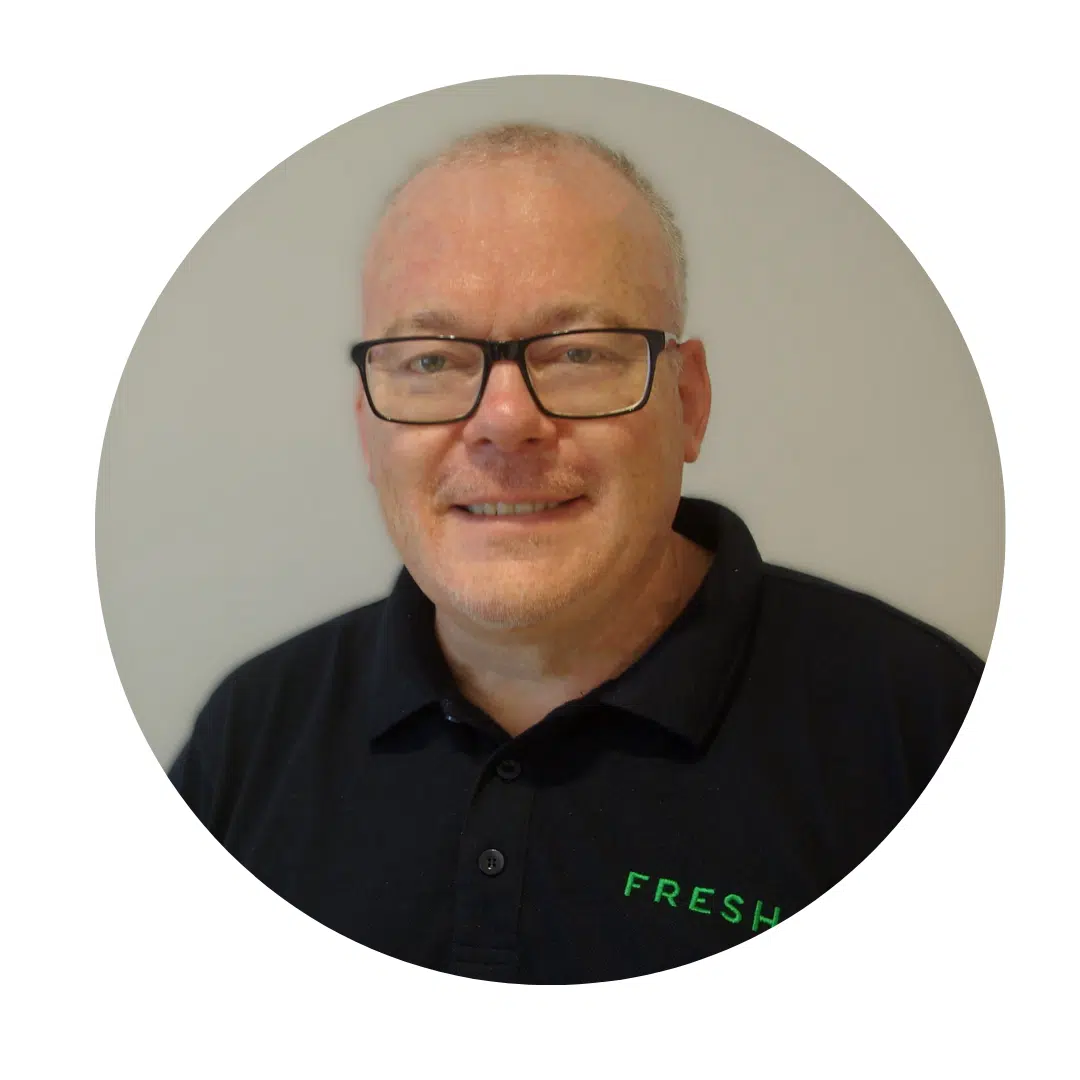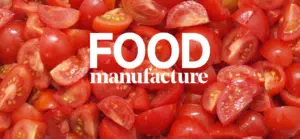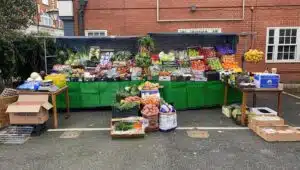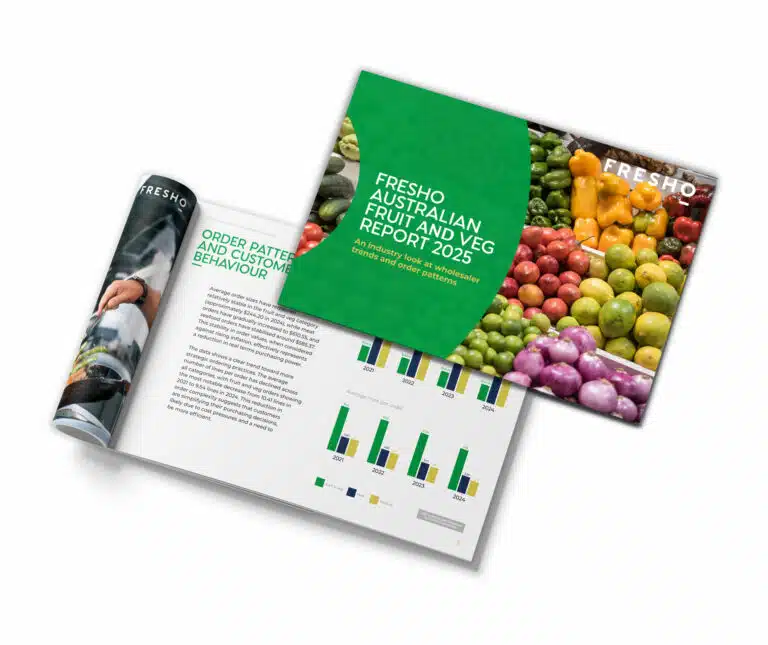Fresho Co-Founders Huw Birrell and James Andronis are based in the UK and Australia respectively. Each has worked closely for many years with fruit and veg wholesalers, and with fresh food suppliers more widely.
To mark the release of the first annual Fresho Fruit and Veg Report, UK and Australian editions, we spoke to them recently about the trends shaping fruit & veg wholesale in the UK and in Australia, and about what’s on the horizon for 2025 and beyond. While the geographic and economic contexts may differ, it turns out both markets are navigating remarkably similar terrain.
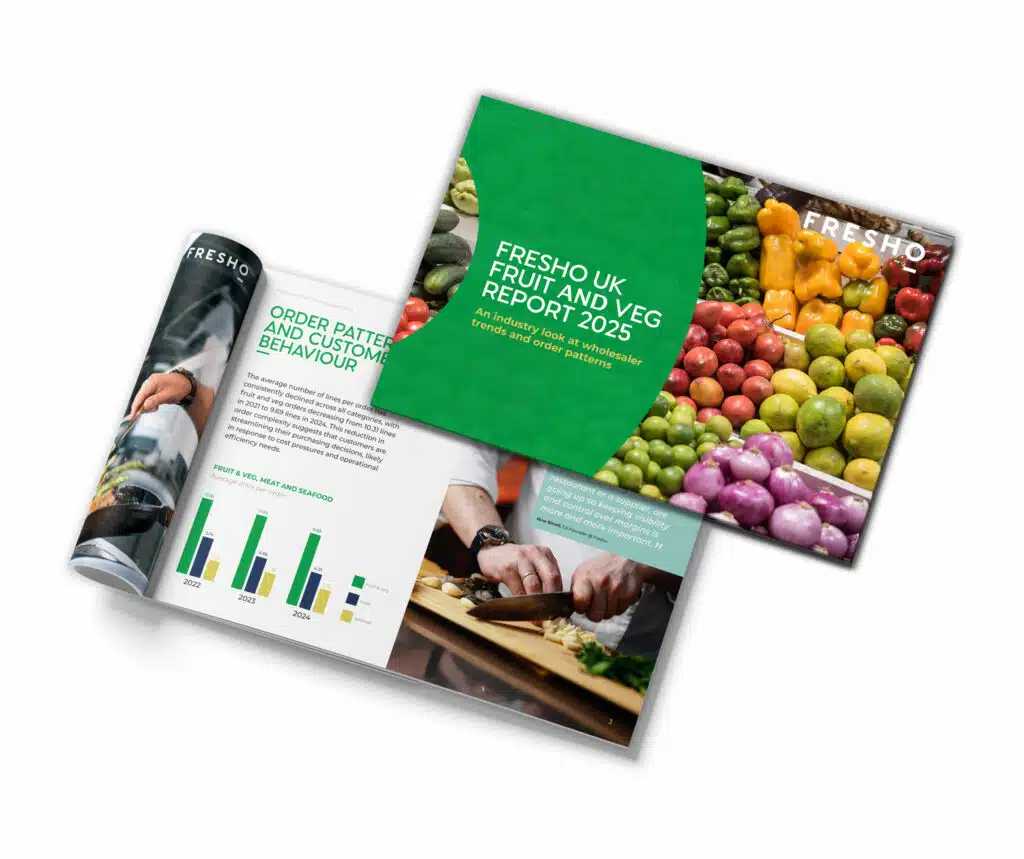
Yet, there are differences that reveal how local conditions shape wholesale and foodservice dynamics in unique ways.
The Economic Backdrop: Everyone’s Feeling the Squeeze
Let’s start with the elephant in the room: costs. Whether you’re in Melbourne or Manchester, both Huw and James agreed that rising costs are the single biggest challenge facing wholesalers and their customers.
“Wages, electricity, rents — they’re all going up,” said Huw. “It means margins and efficiency are becoming more and more important.”
James echoed that sentiment from the Australian perspective: “Just the amount of margin pressure that is on both suppliers and venues… if you can’t maintain your margins, you’re going to be in a lot of trouble.”
In both markets, this pressure has fuelled a shift toward operational efficiency. Wholesalers are being forced to rethink how they deliver value in leaner conditions — and technology is playing a big role in that transformation.
Changing Ordering Patterns and Menu Simplification
One major symptom of the financial crunch is how restaurants are changing the way they order. In both the UK and Australia, fruit and veg wholesalers are seeing fewer line items per order and smaller order sizes.
“We’re seeing chefs streamline their menus,” James noted. “Instead of the bloated menus of the boom years, it’s now fewer dishes and fewer ingredients — it makes the kitchen easier to manage and helps reduce waste.”
Huw sees a similar pattern in the UK: “We’re hearing that chefs are ordering less, and that’s a sign the industry is under pressure. But it’s also about smart adaptation — cost control, less waste, and more efficiency.”
In Australia, there’s an interesting split between chefs looking to innovate with cheaper ingredients and those who are playing it safe.
“Some venues are becoming more creative,” said James. “They’re taking something that’s $10 a kilo and turning it into something amazing. Others are sticking to reliable, always-in-stock ingredients to reduce the stress of substitutions.”
Technology: How AI is Protecting Margins
Technology adoption is another area where the markets align — and not just because they share a platform in Fresho.
“Margin visibility is absolutely critical,” said Huw. “You can’t wait until the end of the month to find out you didn’t make money. Our platform gives suppliers daily visibility into product margins, customer profitability, even delivery route efficiency.”
James highlighted similar benefits: “Fresho enables suppliers to fulfil orders faster and manage stock better. No more back-of-the-napkin numbers. You can go to the market with confidence, knowing what you need to buy. That cuts waste and saves money.”
Both also pointed to the rise of AI — particularly for order processing — as the big tech frontier of the moment.
“The cost saving is astronomical,” said Huw. “Instead of manually entering chef orders from emails or voicemails, AI can now convert those into live orders.”
James sees this as just the beginning: “We’re getting incredible results with AI already. Next up? Predictive ordering. Imagine your system telling the chef what they need to order before they even think about it.”
Sustainability: Aspiration Meets Reality
On sustainability, there’s a shared aspiration — but different levels of impact.
In fruit & veg wholesale in the UK, Huw noted that while sustainability is talked about, cost still wins: “We’d like to see more sustainable practices, but when budgets are tight, people often default to cheaper options.”
In contrast, James has seen strong demand in Australia, particularly for certified sustainable products: “It’s become mainstream. Diners care about it, so venues care, and that flows back to suppliers. You either get on board or fall behind.”
Interestingly, both noted the blurred lines around what “sustainable” actually means. “Ordering seasonal produce — that’s sustainable,” said Huw. James agreed: “The word has been so tainted. But the industry’s getting better at validating and policing those claims.”
Pre-Packaged Goods: A Rising Trend Down Under
One of the biggest points of contrast is in the rise of pre-packaged, pre-processed goods — a trend James said is booming in Australia.
“This is probably the biggest trend we’ve seen recently,” he explained. “Prepped products reduce labour costs and eliminate the need for specialist prep skills in the kitchen. With suppliers investing in automation, it’s often cheaper than doing it in-house.”
This trend is visible in fruit & veg wholesale in the UK, but to a lesser extent, suggesting it may still be emerging in that market.
Looking Ahead: 2025 and Beyond
Despite the challenges, both men are cautiously optimistic about the future – if businesses make the right moves now.
“This is a growing industry,” said Huw. “But to succeed, you need to keep a close eye on margins and adapt quickly.”
James added: “These conditions aren’t going to change overnight. But those who invest in efficiency and technology during the tough times will be in the best position when things pick up.”
In both regions, technology – and specifically, smarter use of data – seems to be the dividing line between stagnation and growth.
Where fruit & veg wholesale in the UK and Australia Align
- Margin Pressure: Rising costs are affecting everyone.
- Streamlined Menus: Chefs are simplifying dishes and ordering fewer ingredients.
- Tech Adoption: Both markets are turning to platforms like Fresho to track margins, streamline operations, and reduce errors.
- AI Potential: Automated order entry is already changing workflows, with more innovation on the horizon.
- Desire for Sustainability: Both markets acknowledge the value of sustainable practices — even if cost limits adoption.
Where the Markets Diverge
- Pre-Packaged Goods: A major trend in Australia, but less prominent in the UK to date.
- Sustainability Demand: Stronger consumer and venue push for certified sustainable produce in Australia.
- Innovation Culture: Australian chefs are showing notable creativity with lower-cost ingredients, while the UK conversation focused more on margin management.
Final Thoughts
Whether you’re serving strawberries in Sydney or leeks in London, one thing is clear: the playbook for success in 2025 hinges on efficiency, smart tech, and adaptability.
Or, as James summed it up: “The suppliers who make the tough decisions during tough times are the ones who will lead the charge when the good times return.”
And Huw added, “If you’re not watching your margins every day, you’re falling behind. The data’s there — you just need to use it.”
The message is clear: the challenges may be tough but, if you’re in fruit & veg wholesale in the UK or Australia, the tools to tackle them are already in your hands.
